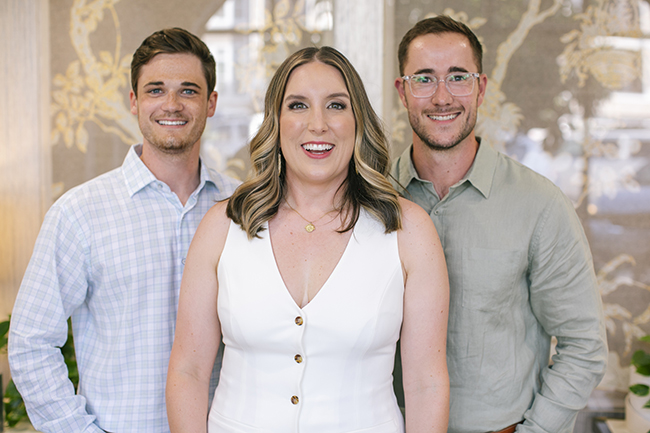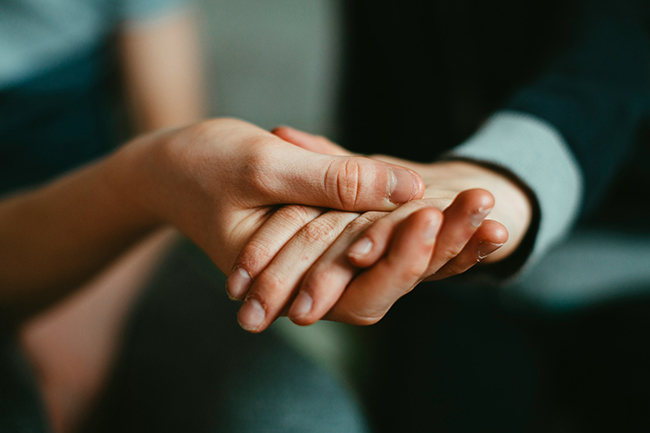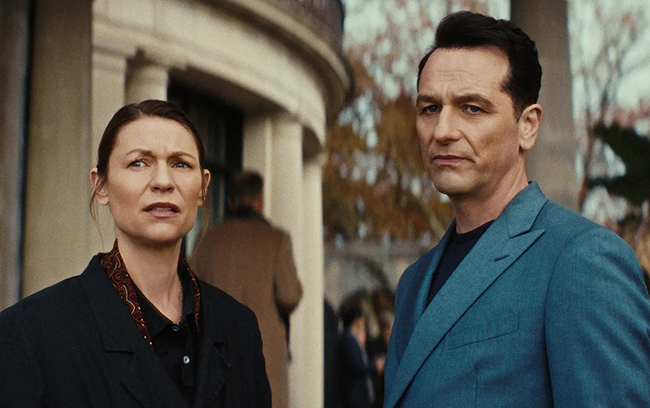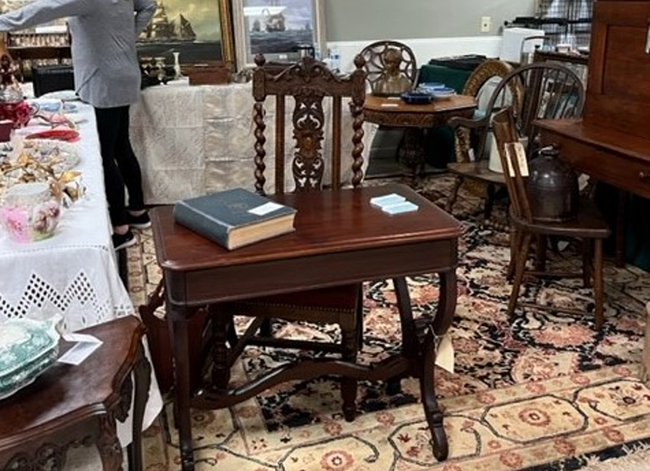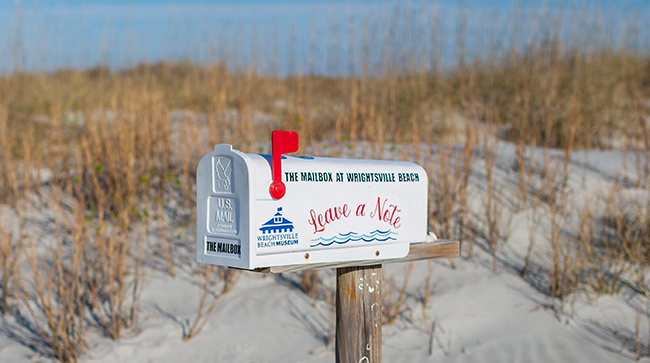Eco-Conscious Living and Design
02 Sep 2024
Conversations with local sustainable living businesses on building better habits
By Madison Bailey
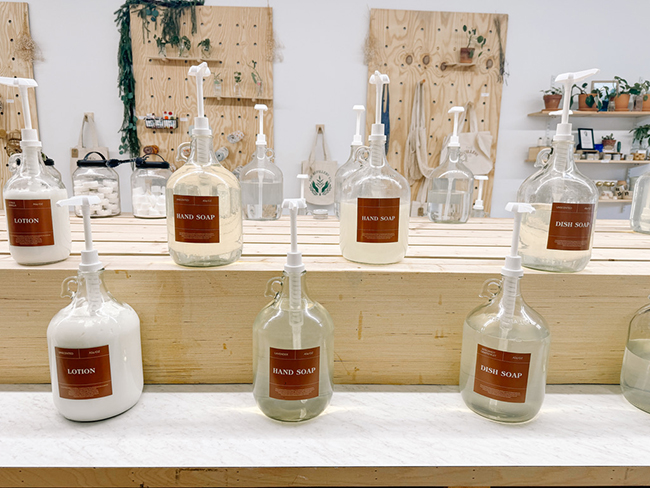
In our consumer-driven culture, there’s a belief that buying more can address our problems. This mindset has led to an overabundance of goods, from clothing to household items, much of which ends up as waste. Although many companies advocate for changes like using recycled materials or launching limited edition products, these efforts often fall short.
Consider the impact of donating your old clothes. Despite the well-intentioned effort, only about 15% of these textiles are repurposed or recycled; the remaining 85% either end up in landfills or are incinerated. This stark reality highlights a fundamental issue: our approach to consumption is not sufficient to curb the growing volume of waste.
Don’t get me wrong — I have a deep appreciation for the art and craft of fashion. The excitement of the latest fashion trends and new decor collections is thrilling. But at some point, we have to ask ourselves: at what cost? True sustainability requires more than incremental changes; it demands a fundamental shift in how we live. We need to reduce our consumption, opt for timeless designs, and make deliberate choices. As we explore the intersection of design and sustainability, it's crucial to consider how our design choices, both big and small, can contribute to a more sustainable future.
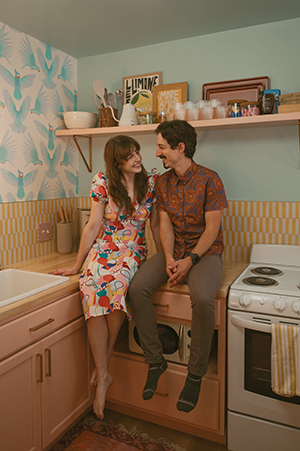
Reducing Waste
Think about the small, everyday actions that can make a big difference. Simple habits, such as sewing up old clothes instead of purchasing new ones can significantly reduce waste. These seemingly minor changes, when practiced regularly, add up to a meaningful impact.
This approach can be seen at The Refillery Co., located in Wilmington’s Cargo District. They focus on refillable home and personal care products, encouraging people to only replace products as needed. Owner Jasmyn Blanchard emphasizes this point, stating, “We encourage people to use containers that they already have.” She adds, “Make switches that are actually attainable for your lifestyle.” This step-by-step method helps make sustainable practices more approachable and less overwhelming.
Jordan and Christopher Giovannucci of Brick and Barley, a Wilmington-based interior design company that incorporates sustainable practices, echo this sentiment, emphasizing the importance of resourcefulness. “People often forget the ‘reuse’ option in reduce, reuse, and recycle,” they add. “Most think that buying less or recycling what they have is the only way, and completely forget they can repurpose what they have on hand and create something they love.”
Sustainable Sourcing
When exploring sustainable design, it can be challenging to distinguish eco-friendly products from those that merely claim to be. To make informed choices, it’s essential to understand what genuinely sustainable products look like and how they differ from less authentic alternatives.
Choosing pre-loved pieces helps reduce the demand for new resources and adds unique character to your space. Caroline Walkup of local vintage home store, Fred & Mary’s, underscores the importance of this practice: “Vintage speaks for itself. The recycle, reuse mentality gives people the chance to buy something they can give a second life. But even then, I try to find pieces that are made of quality materials,” she says. “We vet all the items we source by looking at the manufacturer's process, materials, location of their business (i.e. choosing local rather than imported) and their ethical standards before choosing to carry them.”
When it comes to personal care, some of the key principles to look for include products that are ethically made. As Blanchard notes, “Search for products like ours that will not outlive us on the planet.” Identifying truly sustainable products requires diligence, as she emphasizes the importance of research and encourages consumers to ask questions: “Sadly, there is a lot of greenwashing. You have to do some research. Knowledge is power.”
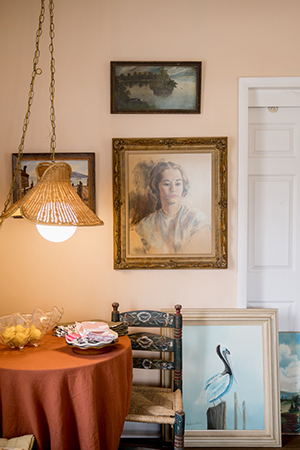
Community Engagement
By examining our consumption habits and getting involved with local sustainability efforts, we can contribute to a more balanced and environmentally friendly lifestyle for ourselves, and our community. Blanchard discusses the importance of active participation: “There are so many beach cleanups that locals can take part in. Picking up garbage when you’re out and about makes a huge difference as well.”
Walkup also reflects this philosophy: “I also think staying engaged with the local laws impacting our wetlands and streams, rivers, and beaches is very important. We have a lot of power in our voices as residents to protect the environment.” She adds, “What you do on any given day does matter, so focusing on the changes you can make is the message we hope to encourage.”
Through active engagement and community support, we can collectively work towards a more sustainable future. Blanchard further advises, “‘Use what you have and fix what is broken’ is a great way to start living more sustainably. Thrifting or joining a buy-nothing group is also a great way to spend less.”

